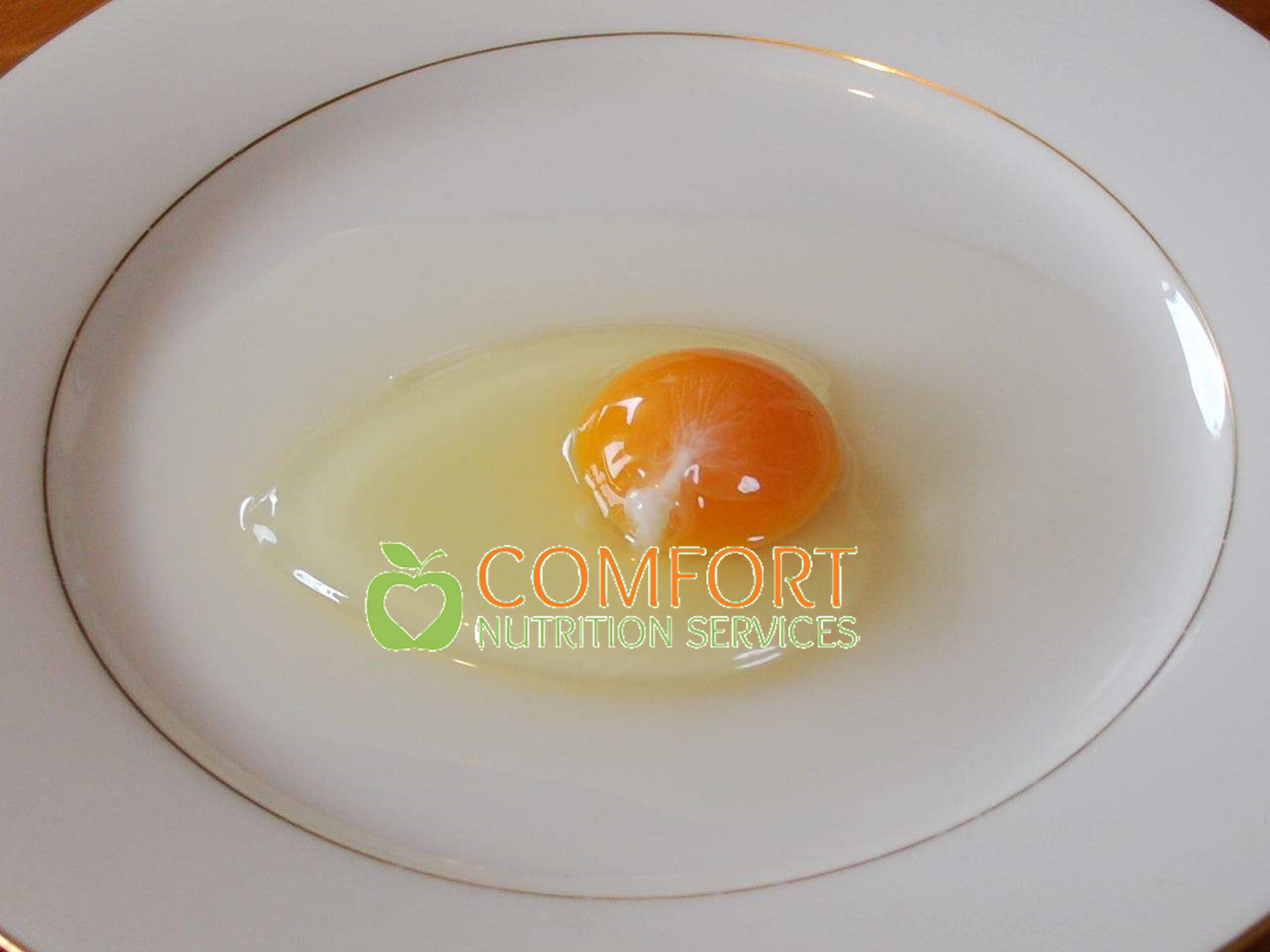Tests such as a float test or a sniff test can help you determine if your egg is good or bad.
Almost everyone has been faced with this conundrum — you reach into the fridge for an egg, but can’t remember how long they have been sitting there.
It’s true that over time, an egg’s quality begins to decline as the air pocket inside gets larger and the whites get thinner. However, an egg only “goes bad” when it starts to decompose because of bacteria or mold.
In fact, your eggs may be perfectly good to eat for many more weeks.
When in doubt, there are several methods you can use to determine if eggs are safe to eat. Here are the top 3 tips to tell if your eggs are good or bad.
The sniff test is the oldest, simplest, and most reliable method of telling whether an egg has gone bad.
If you find that your eggs are past their “sell by” or expiration date, you can tell if they are still good with a simple sniff.
Eggs that have gone bad will give off an unmistakable smell, regardless of whether they are raw or cooked.
If you can’t already tell while the egg is in the shell, crack the egg onto a clean plate or bowl and give it a sniff.
If anything smells off, toss the egg and wash the bowl or plate with hot, soapy water before using it again.
If things smell normal, meaning there is no odor at all, that’s a good sign that the egg is still safe to use.
SUMMARY
Sniffing either a raw or cooked egg is a simple but reliable way to tell if an egg has gone bad.
2. Complete a visual inspection
In addition to your nose, your eyes are a valuable tool for telling whether an egg is good or bad.
While the egg is still in its shell, check that the shell is not cracked, slimy, or powdery.
Sliminess or cracks can indicate the presence of bacteria, while a powdery appearance on the shell may indicate mold.
If the shell appears dry and undamaged, crack the egg into a clean, white bowl or plate before using. Look for any pink or iridescent discoloration in the yolk or whites, as this may indicate bacterial growth.
If you notice any signs of discoloration, throw the egg out and wash the bowl with hot, soapy water before testing a new egg.
You can also check to see if the whites or yolk of the egg are runny. This is an indication that the egg is old and that the quality has declined. But this does not necessarily mean it has gone bad, and it can still be perfectly fine to use.
SUMMARY
In addition to sniffing an egg, check its shell for signs of bacteria and mold. Inspecting the whites and yolk for discoloration is also a good strategy.
The float test is one of the most popular methods for checking whether an egg is good or bad.
This is also a common method for determining the age of a fertilized egg that is developing into a chick.
It works just as well to judge whether an unfertilized table egg is fresh or not.
To perform the float test, gently set your egg into a bowl or bucket of water. If the egg sinks, it is fresh. If it tilts upwards or even floats, it is old.
This is because as the egg ages, the small air pocket inside it grows larger as water is released and replaced by air. If the air pocket becomes large enough, the egg may float.
While this method may tell you whether an egg is fresh or old, it doesn’t tell you whether an egg is good or bad.
An egg can sink and still be bad, while an egg that floats may still be fine to eat.
SUMMARY
Checking whether an egg sinks or floats is a popular way to check how fresh it is. However, it can’t tell you if an egg has gone bad.
A lack of knowledge about how to tell when an egg has gone bad leads some people to needlessly throw away good eggs.
Among the strategies listed here, cracking an egg open, giving it a sniff, and checking for discoloration is the most conclusive method of determining freshness.
Keep in mind though that eggs containing bacteria that cause foodborne illness, such as Salmonella, may look and smell completely normal.
So don’t forget that even if an egg passes these tests, it’s important to fully cook it to a safe temperature before you eat it.
Have any questions? Drop a comment on this post and one of our experts will reach out to you.
At Comfort Nutrition Services, we are committed to counseling and assisting our clients, fans, and followers to reach their healthy nutritional goals.

